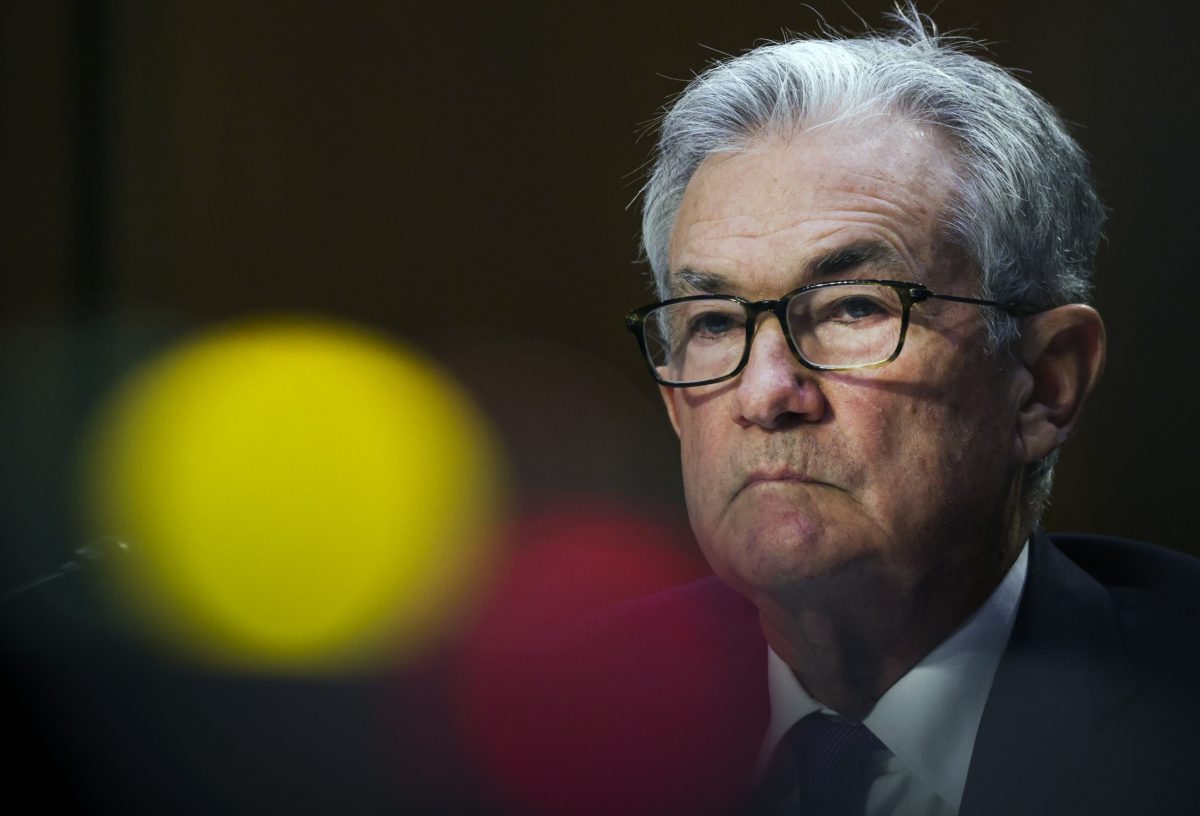Last October, the world's stock of negative-yielding debt had tumbled by more than half from its record high, as investors adjusted to the end of super-loose monetary policy. Now it's soaring again after the dovish pivots around the world.
The Bloomberg Barclays Global Aggregate Negative-Yielding Debt Index has increased in value by well over $3 trillion since its low five months back, to $9.3 trillion Wednesday. That's still below the all-time record of $12.2 trillion in June 2016.
As warnings over the global growth outlook abound, bond yields have been in retreat. One risk-free benchmark—10-year Treasury yields—are close to their lowest in about a year. Japan's equivalent is back in negative territory, while that on German Bunds is teetering on the brink—about 6 basis points above zero. Even in Australia, which hasn't seen a recession since the 1990s, 10-year yields are now below 2 percent.
Complete your profile to continue reading and get FREE access to Treasury & Risk, part of your ALM digital membership.
Your access to unlimited Treasury & Risk content isn’t changing.
Once you are an ALM digital member, you’ll receive:
- Thought leadership on regulatory changes, economic trends, corporate success stories, and tactical solutions for treasurers, CFOs, risk managers, controllers, and other finance professionals
- Informative weekly newsletter featuring news, analysis, real-world case studies, and other critical content
- Educational webcasts, white papers, and ebooks from industry thought leaders
- Critical coverage of the employee benefits and financial advisory markets on our other ALM sites, PropertyCasualty360 and ThinkAdvisor
Already have an account? Sign In Now
*May exclude premium content© 2025 ALM Global, LLC, All Rights Reserved. Request academic re-use from www.copyright.com. All other uses, submit a request to [email protected]. For more information visit Asset & Logo Licensing.





